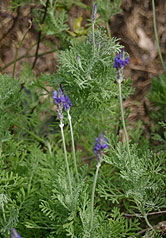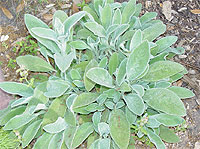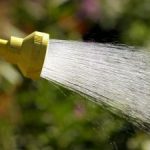Capture the romantic feeling of the cottage style gardens.

Cottage Gardens are indigenous to any culture where people had small plots of land of their own. Every square inch of land would be covered with something of purpose, from cutting flowers, herbs and roses for culinary and medicinal purposes, to vegetables, and fruit trees, without crowding or sacrificing plant health.
Many impressionist painters sought to capture this romantic feeling, perhaps none so well as Monet’s garden series. Monet’s cottage garden that inspired his masterpieces can still be visited in Giverny, France today.
Today flowers are more prominent in cottage style gardens and selected for their ornamental value rather than their medicinal uses, though herbs are often well represented.
Elements of a Cottage Garden
- Abundant variety of plants in an informal setting typifies the overall style of a cottage garden
- Minimal or no turf
- Pathways and patios of flagstone, old brick, gravel or mulch
- Picket or wrought iron fences, trellises, birdbaths, gazing balls, garden bench
 |
| Lavender is a fragrant evergreen perennial with a variety of uses, and is quite drought tolerant. |
Plants for San Antonio Cottage Gardens:
- Trees – ornamental trees such as redbud, mountain laurel, Mexican plum, desert willow, wild olive
- Shrubs – Wax myrtle, bay laurel, sweet olive, loquat, antique roses, plumbago, fig, flowering almond, pomegranate
- Spire and Tall Perennials – Sunflowers, larkspur*, poppies*, indigo spires salvia, beebalm, cleome, iris, cosmos*, phlox
- Mounding Perennials – Dianthus, lavender, daisies, pink skull cap, Texas zinnia, columbine*, Jerusalem sage, shrimp plant
- Creeping and Filler Plants – French thyme, Johnny jump-ups*, Lamb’s ear, wild strawberry, herbs of all kinds
- Vines and Weaving Plants – Old fashion roses, star jasmine, hyacinth bean, wisteria, queens wreath, sky vine, morning glories*, trumpet vine, pole beans, sponge gourd
* Denotes re-seeding annuals
 |
| Let the soft silver fuzzy foliage of the Lamb’s Ear blanket your garden. Lamb’s Ear is a herbaceous foliage with low water needs. |
Basic Maintenance Requirements:
- Prune some shrubs in fall or early spring.
- Cut back non-evergreen perennials and vines usually in late winter.
- Remove re-seeding annuals after seed has been set usually in early summer.
- Replenish mulch in fall and/or early spring.
- Trim or pinch back herbs regularly. You’ll need them for cooking anyway.
Irrigation Requirements
Cottage Gardens are best irrigated with soaker hoses, drip irrigation systems or hand watering. Once established, when the plant sets new roots into the ground and the plant cannot be easily pulled up, once a week watering during the spring and summer in the absence of rain should be sufficient for plant health.
Other Input Requirements
- Soil – The most beneficial input you can give your garden is a good start with good soil. For Cottage Gardens a loamy top soil worked into native soil at least 6 inches deep can benefit new plants. If your yard has rock close to the surface you should carefully select plants that do well in shallow soils.
- Mulch – Shrub beds and trees can be mulched with organic mulch such as shredded brush (up to 6 inches). Herb beds with lavender, thyme, oregano, basil etc… are best mulched with inorganic material such as pea gravel to provide for good drainage and reflective properties. Beds set aside for re-seeding annuals such as Larkspur should be mulched lightly only after seeds have had a chance to make contact with the ground.
- Pesticides and Fertilizers – The informal style of a Cottage Garden is the perfect place to depend on Mother Nature for insect control. The wide variety of plants draws a wide variety of insects. The “good” bugs that it attracts such as lady bugs and praying mantises should have no problem controlling “bad” bugs such as aphids (a lady bug delicacy).
With the proper soil preparation you did in the beginning along with good mulching practices you should have little need for additional fertilizers. If you do want to give your garden a boost consider adding compost once a year.




